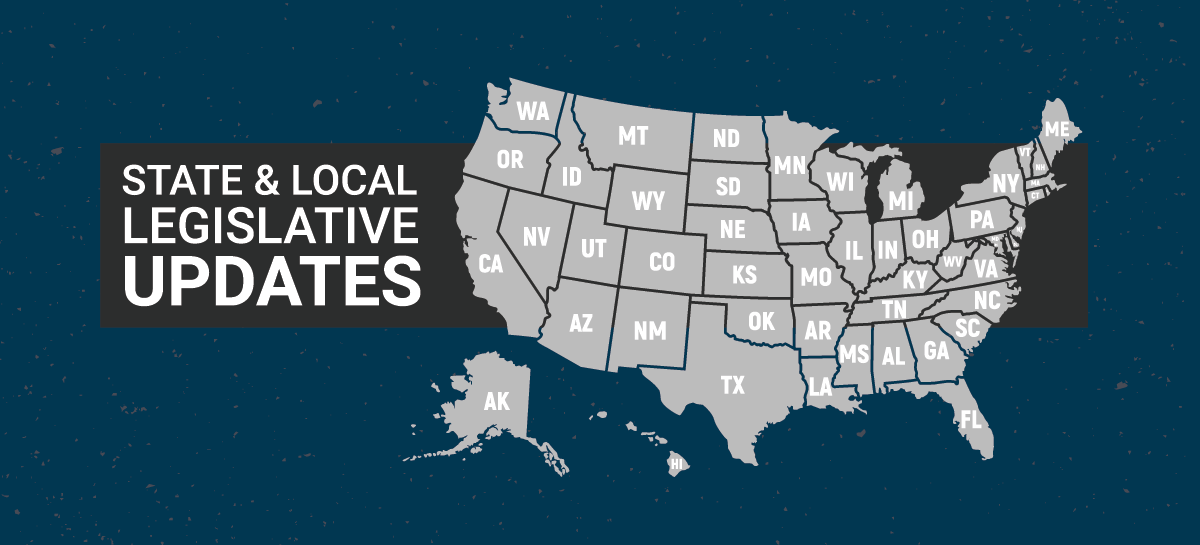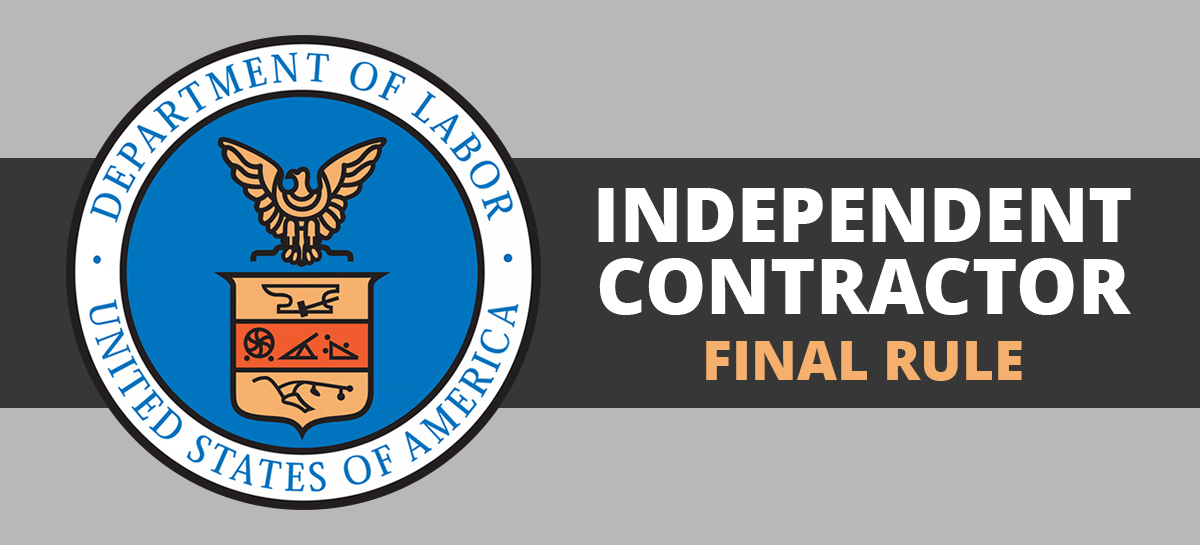
The start of the year provides employers with an excellent opportunity to review and update their policies. This article explores three employment policies employers should consider reviewing in 2024.
- CROWN Act – As of September 2023, 23 states passed the Creating a Respectful and Open World for Natural Hair (CROWN) Act. As many states and localities adopt hair discrimination laws, employers must ensure their workplace dress code policies are current and comply with state and local laws.
- Pregnant Workers Fairness Act – The Pregnant Workers Fairness Act (PWFA), signed into law on Dec. 29, 2022, became effective on June 27, 2023. Under this law, employers with at least 15 employees must provide reasonable accommodations to workers with known limitations related to pregnancy, childbirth, or related medical conditions unless the accommodation will cause the employer an “undue hardship.” The U.S. Equal Employment Opportunity Commission (EEOC) has started accepting charges under the PWFA for situations occurring on June 27, 2023, or later. Savvy employers will look at the EEOC’s final PWFA regulations and consider including a policy in their 2024 employee handbook that explicitly addresses PWFA accommodations.







